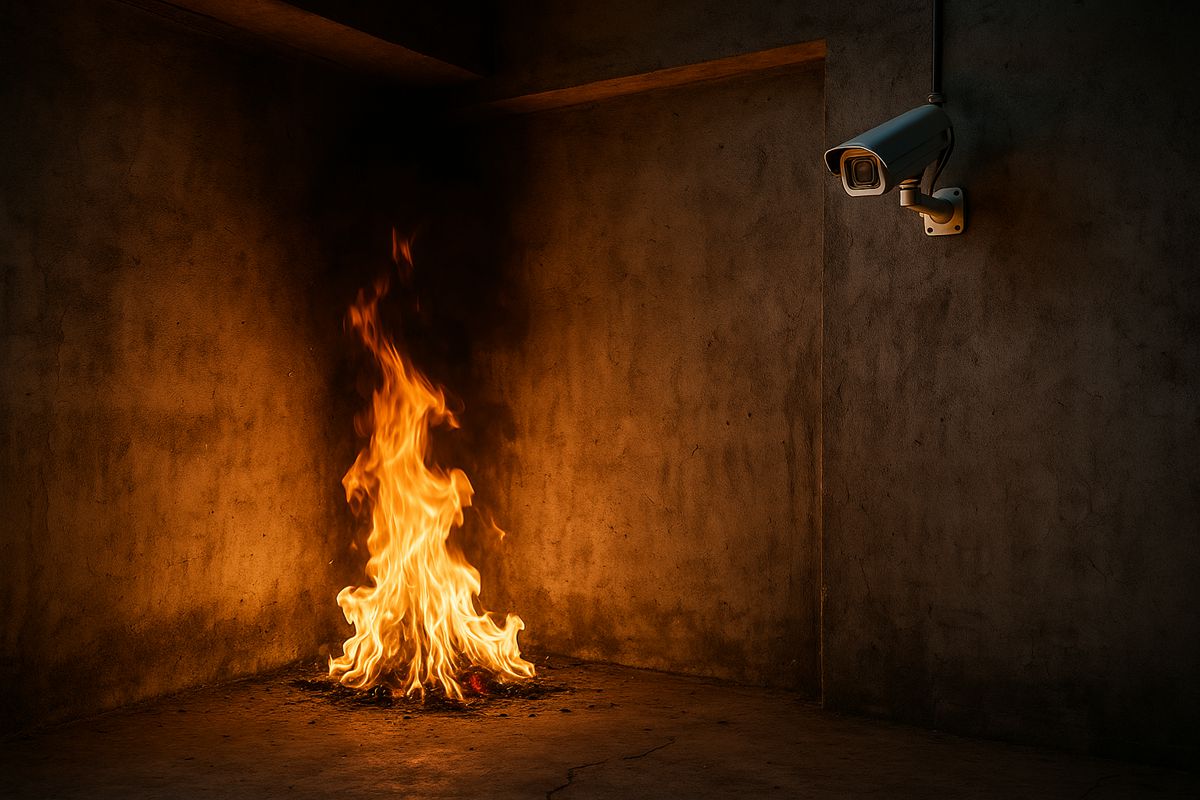Thermal Recycling pioneers Calmag Asbestos Roof Sheet substitute
Calmag, the sustainable asbestos-free construction product produced by Thermal Recycling at its pioneering demonstration facility in Wolverhampton, has been proven to be an effective cement substitute.
In June 2020, Thermal Recycling was awarded a prestigious Innovate UK Smart Grant, part of the Government’s UK Research and Innovation Initiative. The grant was for a project that would determine the best use for the asbestos-free product, produced from Thermal Recycling’s conversion process of cement roof sheets originally containing chrysotile asbestos.
The project, which was completed in April this year, involved making prototype construction products from Calmag, named because it is comprised of Calcium, Aluminium and Magnesium as silicates, carbonates, sulphates, and oxides.
Graham Gould, Chairman of Thermal Recycling said: “The grant enabled us to undertake a level and quality of technical and market research that would have been difficult to fund solely from our own resources.”
Two commercial certified laboratories conducted extensive technical assessments of the product’s characteristics, including compression strength, load-bearing capability, and water permeability. The research showed that Calmag is effective as a cement substitute. Market research was also conducted in different sectors to identify potential users of the product.
The project concluded that the best use for Calmag is as a cement substitute, which will reduce the use of cement, one of the world’s largest generators of CO2 emissions.
Graham commented: “This was really important research for Thermal Recycling; identifying a market for Calmag defines us as a circular economy business. This also reinforces our vision for the company; we can not only divert asbestos away from landfill, but also offer a sustainable product to the construction sector. There is a pleasing symmetry to being a business that is involved in removing the problem of asbestos for future generations and being able to use the converted material which contributes to creating a better future for that generation.”




















